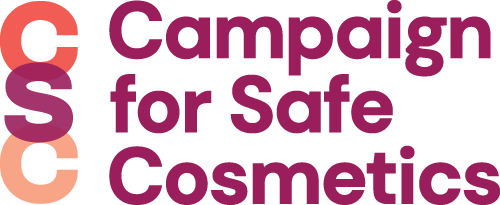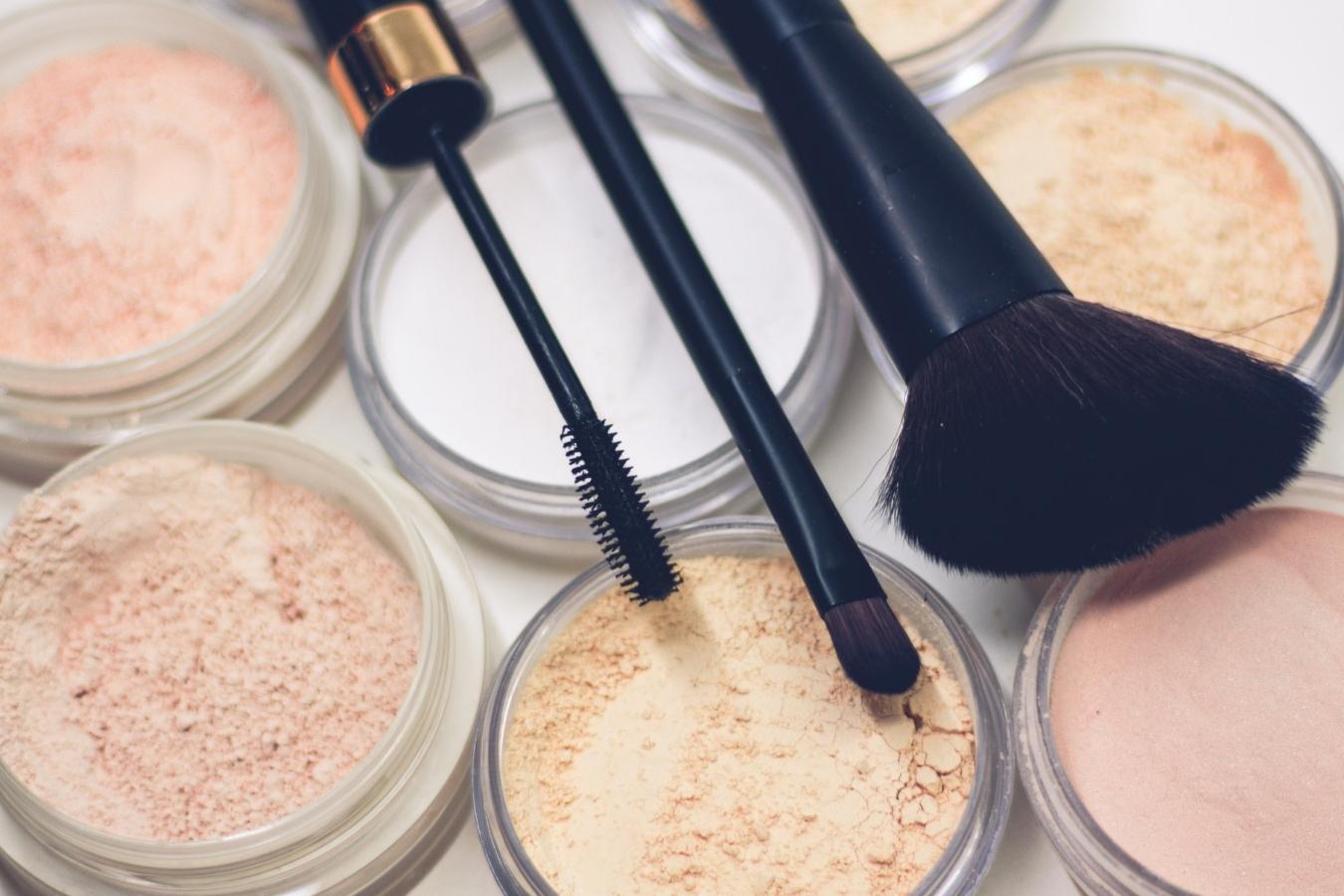[1] Dodson, R. E., Nishioka, M., Standley, L. J., Perovich, L. J., Brody, J. G., & Rudel, R. A. (2012). Endocrine disruptors and asthma-associated chemicals in consumer products. Environmental health perspectives, 120(7), 935.
[2] Ingredient Watch List: Ethanolamines (MEA, DEA, & TEA)—Potential Carcinogens (2012). Available Online: http://www.annmariegianni.com/ingredient-watch-list-ethanolamines-mea-dea-tea%E2%80%94potential-carcinogens. Accessed April 25, 2022.
[3] Price, C. J., Marr, M. C., Myers, C. B., & Jahnke, G. D. (2005). Postnatal development of rat pups after maternal exposure to diethanolamine. Birth Defects Research Part B: Developmental and Reproductive Toxicology, 74(3), 243-254.
[4] Stout, M. D., Kissling, G. E., Suárez, F. A., Malarkey, D. E., Herbert, R. A., & Bucher, J. R. (2008). Influence of Helicobacter hepaticus infection on the chronic toxicity and carcinogenicity of triethanolamine in B6C3F1 mice. Toxicologic pathology, 36(6), 783-794.
[5] Triethanolamine Available Online: http://www.ewg.org/skindeep/ingredient/706639/TRIETHANOLAMINE/. Accessed April 25, 2022.
[6] Agents Classified by the IARC Monographs, Volumes 1–109 Available Online: http://monographs.iarc.fr/ENG/Classification/ClassificationsAlphaOrder.pdf. Accessed April 25, 2022.
[7] Report on Carcinogens, Twelfth Edition (2011) Available Online: http://ntp.niehs.nih.gov/ntp/roc/twelfth/profiles/Nitrosamines.pdf. Accessed April 25, 2022.
[8] Hepatocarcinogenic Available Online: http://www.merriam-webster.com/medical/hepatocarcinogenic. Accessed April 25, 2022.
[9] Lehman-McKeeman, L. D., Gamsky, E. A., Hicks, S. M., Vassallo, J. D., Mar, M. H., & Zeisel, S. H. (2002). Diethanolamine induces hepatic choline deficiency in mice. Toxicological sciences, 67(1), 38-45.
[10] Kraeling, M. E. K., Yourick, J. J., & Bronaugh, R. L. (2004). In vitro human skin penetration of diethanolamine. Food and chemical toxicology, 42(10), 1553-1561.
[11] Panchal, S. R., & Verma, R. J. (2013). Spermatotoxic effect of diethanolamine: An< i> in vitro</i> study. Asian Pacific Journal of Reproduction, 2(3), 196-200.
[12] Gamer, A. O., Rossbacher, R., Kaufmann, W., & van Ravenzwaay, B. (2008). The Inhalation toxicity of di-and triethanolamine upon repeated exposure. Food and Chemical Toxicology, 46(6), 2173-2183.
[13] Craciunescu, C. N., Wu, R., & Zeisel, S. H. (2006). Diethanolamine alters neurogenesis and induces apoptosis in fetal mouse hippocampus. The FASEB journal, 20(10), 1635-1640.


































